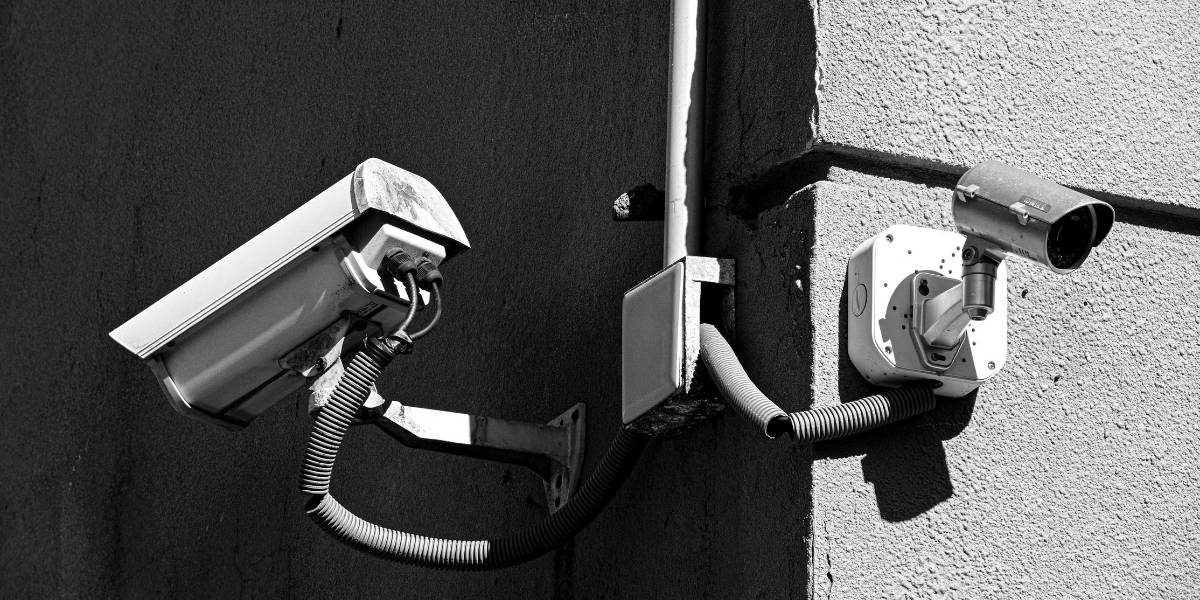How Is Technology Transforming Public Safety?
Technology is playing an increasingly important role in enhancing public safety. The use of advanced technologies is helping law enforcement, emergency responders, and communities themselves address challenges more efficiently and effectively. From smart surveillance systems to predictive policing tools and real-time communication platforms, technology is reshaping the way we approach safety and security.
The integration of these technological tools is not just about improving responses to crime or emergencies; it’s about preventing them in the first place. With innovations like artificial intelligence (AI), the Internet of Things (IoT), and big data, communities are becoming smarter, more resilient, and better equipped to handle both everyday safety concerns and large-scale emergencies.
Read Also: The Growing Importance of Data Privacy in Today’s World
What Are the Key Technologies Enhancing Public Safety?
Several technologies are helping to create safer communities by improving law enforcement capabilities, enhancing communication, and providing critical data for decision-making. Let’s explore the key technologies that are driving public safety forward:
1. Smart Surveillance Systems
Modern surveillance systems equipped with AI-driven cameras, facial recognition software, and motion detection technology are helping to monitor public spaces in real time. These smart systems allow authorities to detect suspicious activity, track individuals of interest, and prevent criminal activity before it escalates.
These systems also enable quicker and more accurate responses to emergencies. For example, AI can analyze footage to identify potential threats or missing persons, while real-time data feeds can inform emergency responders of active situations.
2. Predictive Policing
Predictive policing is an innovative approach that uses data analytics and machine learning algorithms to identify crime hotspots and predict potential criminal activity. By analyzing patterns in crime data, predictive policing tools can help law enforcement allocate resources more effectively, preventing crime before it happens.
Predictive policing technologies are increasingly being used to determine where police officers should be deployed at specific times, helping to reduce response times and deter criminal activity in high-risk areas.
3. Drones for Surveillance and Emergency Response
Drones are proving to be invaluable tools for enhancing public safety, particularly in situations where access is difficult or dangerous. Law enforcement and emergency responders are using drones for surveillance, crowd control, and search-and-rescue missions.
Equipped with high-resolution cameras and thermal imaging, drones can monitor large crowds, provide aerial views during emergencies, and search areas that would be too risky for human personnel. In addition, drones can quickly assess the damage during natural disasters, enabling faster decision-making in disaster relief efforts.
4. Smart City Infrastructure
Smart city technologies are integrating digital tools into public infrastructure to improve the safety and well-being of urban populations. Sensors embedded in infrastructure, such as streetlights, traffic signals, and public transportation systems, can monitor everything from air quality and traffic congestion to pedestrian movement and public safety.
For example, smart streetlights with built-in sensors can adjust lighting based on real-time data, ensuring that public spaces are well-lit and safe at night. Furthermore, smart traffic systems can optimize flow patterns, reducing accidents and enhancing road safety.
5. Emergency Alert Systems
Technology is also transforming how communities communicate during emergencies. Real-time alerts through mobile apps, social media platforms, and public broadcast systems allow governments and organizations to notify residents about imminent dangers such as natural disasters, severe weather, or active threats.
These alert systems can push notifications directly to individuals’ smartphones, helping them stay informed and make timely decisions. Integration with GPS and location-based services ensures that the alerts are targeted, so communities only receive the information that is relevant to their location.
6. Body-Worn Cameras and Digital Evidence
Law enforcement agencies around the world are equipping officers with body-worn cameras to enhance accountability and transparency. These cameras record interactions with the public, ensuring that evidence is captured in real time, especially during encounters with suspects or witnesses.
Body-worn cameras are invaluable in providing evidence for investigations and court proceedings, as they can help verify accounts of incidents and protect both officers and civilians from potential misunderstandings or false accusations.
How Can Technology Improve Emergency Response Times?
One of the greatest advantages of using technology for public safety is the ability to drastically improve emergency response times. In situations where seconds count, technologies like smart dispatch systems, real-time data sharing, and GPS tracking can ensure that emergency responders arrive on scene quickly and are equipped with the right tools to manage the situation.
1. Real-Time Data Sharing
Emergency response teams can benefit from sharing real-time data from multiple sources, including surveillance systems, social media feeds, and emergency alert networks. By having access to live information, first responders can better understand the scale of the emergency, assess risks, and coordinate with other agencies more effectively.
For example, during a natural disaster, emergency services can access data from weather stations, traffic monitoring systems, and public reporting apps to determine the most efficient routes and resource allocation, minimizing response time and saving lives.
2. GPS Tracking and Location-Based Services
GPS tracking technologies are essential for ensuring that emergency vehicles arrive at the right place at the right time. Advanced GPS systems help dispatchers route first responders based on the fastest routes, while location-based services enable responders to pinpoint the exact location of individuals in need of assistance.
For individuals, location-based services can also provide a direct link to emergency responders through smartphone apps, allowing for faster, more accurate responses during accidents or medical emergencies.
3. Automated Dispatch Systems
Automated dispatch systems use algorithms to evaluate incoming emergency calls, prioritize incidents, and assign appropriate responders. This system ensures that emergency calls are handled swiftly, reducing the likelihood of human error or delays.
Additionally, automated systems can integrate with other technologies such as smart city infrastructure or wearable devices to provide real-time health data on patients in distress, allowing for more informed decisions during medical emergencies.
What Are the Social Implications of Public Safety Technology?
While public safety technology offers numerous benefits, its widespread use also raises important ethical and social questions. One of the most significant concerns is the balance between safety and privacy. The use of surveillance systems, predictive policing, and facial recognition software has sparked debates about surveillance overreach and civil liberties.
For instance, while facial recognition can help prevent crimes and identify suspects, its potential for misuse and errors—such as misidentifying innocent individuals—has led to calls for greater regulation and transparency in its application. It’s essential for governments and organizations to implement these technologies responsibly and ensure that privacy protections are in place to prevent abuse.
Moreover, the digital divide—where some communities lack access to the latest technology—can exacerbate existing inequalities. Ensuring equitable access to public safety technologies is crucial to avoid creating further disparities in safety and security across different socioeconomic groups.
Read Also:
Building Global Fame: What It Takes to Rise Worldwide
How Can Communities Ensure Technology Benefits Everyone?
To ensure that technology benefits all members of a community, it’s crucial to prioritize equity, inclusivity, and transparency in the implementation of public safety technologies. Engaging communities in conversations about how technology is used, collecting feedback, and addressing concerns are essential steps in creating fair and effective safety systems.
Public safety technologies should be designed with diversity in mind, taking into account the specific needs of different communities. Additionally, governments must provide adequate training for law enforcement and emergency personnel on the ethical use of these technologies and ensure that they are used to enhance public safety without infringing on civil rights.














